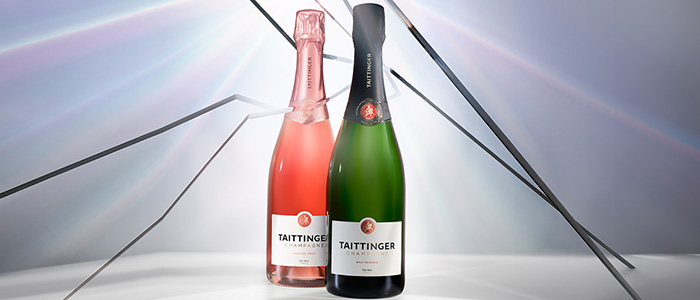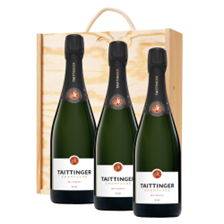Centuries of Heritage and a Visionary Spirit
Taittinger’s origins stretch back to 1734, when Jacques Fourneaux, a wine merchant in the Champagne region, first began trading the sparkling wines produced by the Benedictine abbeys of Hautvillers, Pierry, Verzy, and Saint-Nicaise. Over time, his cautious entry into the Champagne trade would evolve into a prosperous venture. The business moved to a historic 13th-century residence on Rue de Tambour—known as “The House of the Counts of Champagne”—once the home of Thibaud IV. This storied location, linked to the introduction of Chardonnay vines from Cyprus, underscores Champagne’s deep-rooted traditions.

The turning point came when the Taittinger family, originally from Lorraine, merged with the firm then known as Fourneaux-Forest. By 1912, Pierre-Charles Taittinger was involved in Champagne distribution and had fallen in love with the Château de la Marquetterie, a magnificent property set among vineyards planted partly with Chardonnay (white grapes) and partly with Pinot (red grapes). In 1932, he acquired the Château, marking the foundation of Taittinger’s distinctive identity as an innovator who championed Chardonnay as a central grape in his blends. This choice helped establish Taittinger’s reputation for elegance, lightness, and finesse—qualities that modern Champagne lovers still admire.
From 1945 onwards, Pierre’s sons—François, Jean, and Claude—spearheaded a remarkable phase of growth, operating in the ancient cellars of the Saint-Nicaise monastery, which rests on Gallo-Roman chalk caves dating back to the 2nd century. Following the untimely death of François in 1960, Claude Taittinger took the helm, further consolidating Taittinger’s legacy as one of the few remaining family-run Champagne houses that still bear the founder’s name. Today, Taittinger remains synonymous with high-quality Champagnes defined by freshness, subtlety, and refinement.
Taittinger Prelude Grands Crus
Crafted exclusively from Grand Cru vineyards, Prelude Grands Crus perfectly embodies Taittinger’s signature elegance and subtlety. A balanced blend of Chardonnay and Pinot Noir (both sourced from the finest plots), it offers fragrant notes of white flowers, orchard fruit, and light brioche on the nose. On the palate, the Champagne is both fresh and supple, culminating in a long, mineral-driven finish that showcases the House’s unwavering commitment to quality and finesse.
Taittinger Les Folies de la Marquetterie
Sourced from the historic Château de la Marquetterie—the very heart of Taittinger’s identity—this single-vineyard Champagne reflects the unique terroir that first captivated Pierre-Charles Taittinger. Its vines, arranged in a distinctive patchwork of Chardonnay and Pinot Noir, impart a warm, expressive character to the wine. Expect aromas of baked apple, toasted brioche, and touches of peach, supported by a balance of richness and vivacity on the palate. Les Folies de la Marquetterie stands as a tribute to both the Château’s storied past and Taittinger’s spirit of innovation.
From its 18th-century foundations to its forward-thinking approach, Taittinger combines a respect for history with a relentless pursuit of excellence. Guided by a love for Chardonnay and nurtured by generations of family stewardship, it continues to offer Champagnes of unrivalled grace—each bottle a testament to Taittinger’s enduring legacy.







